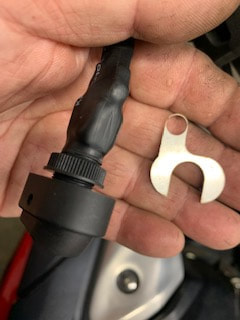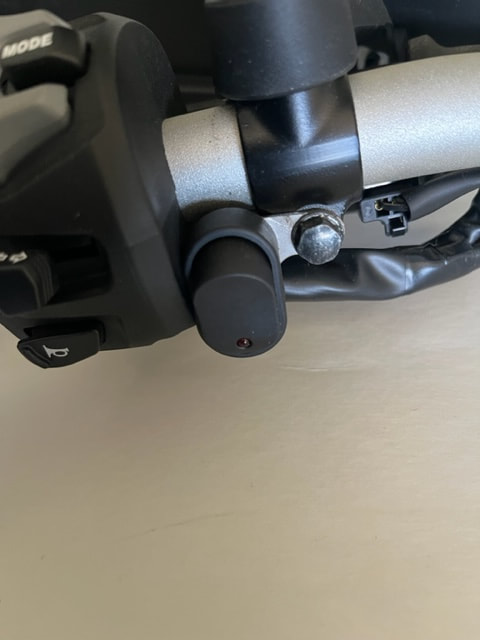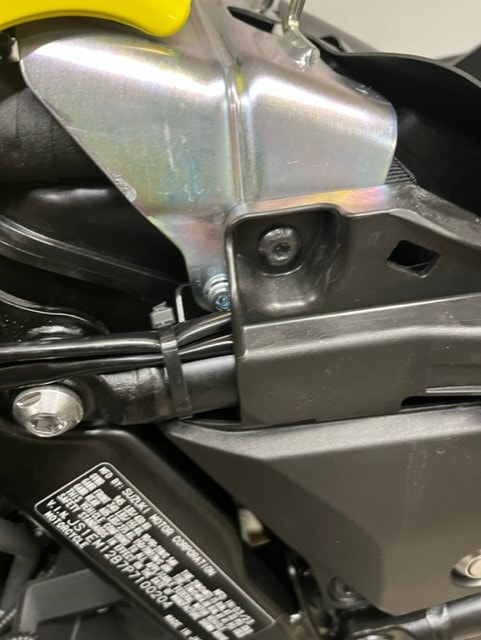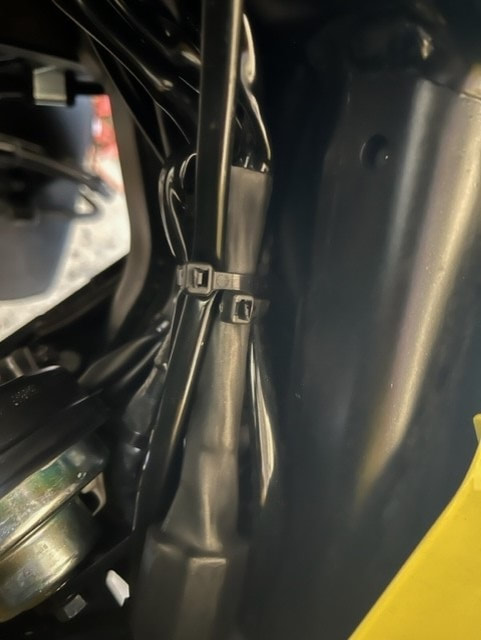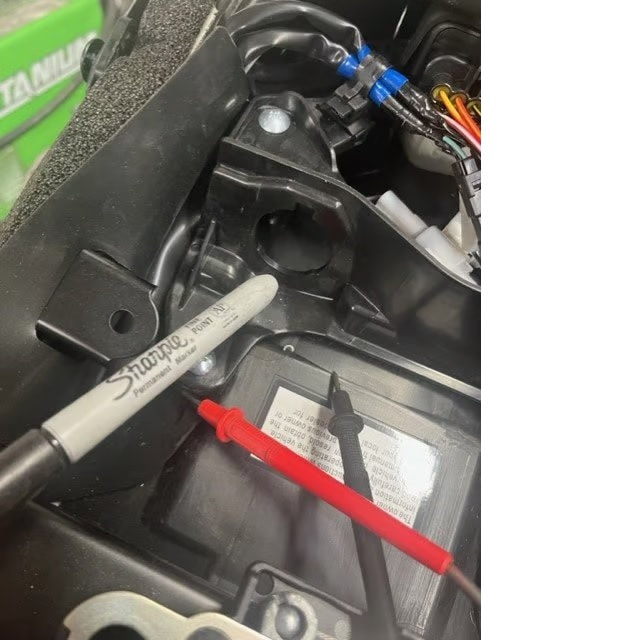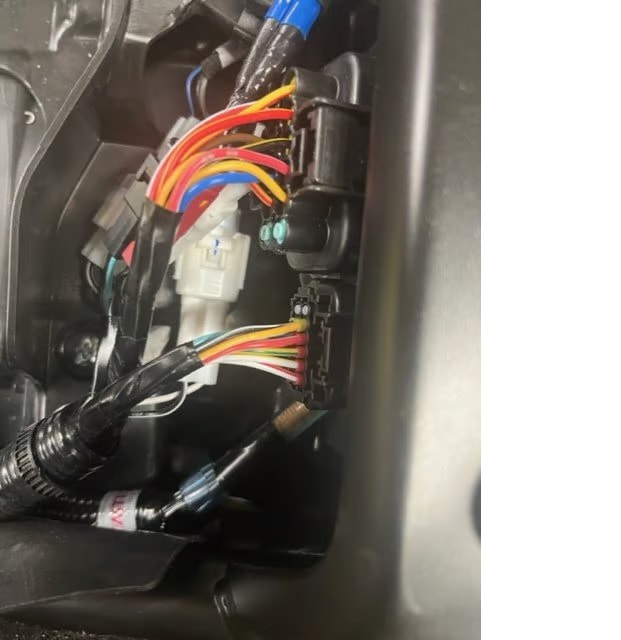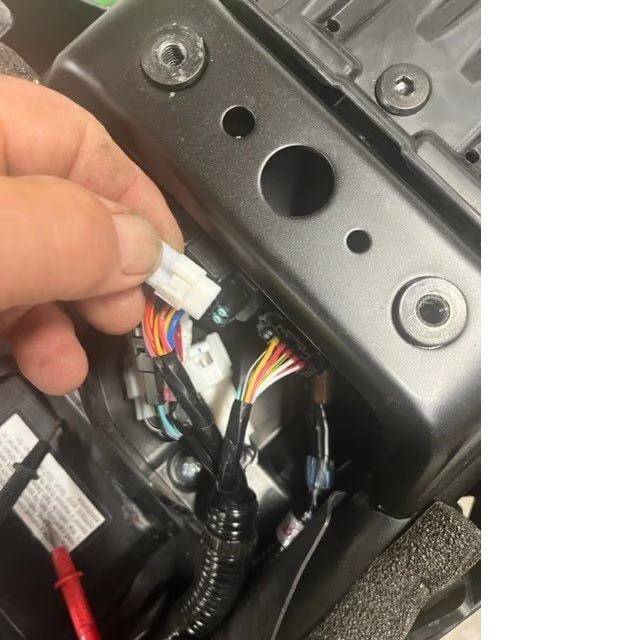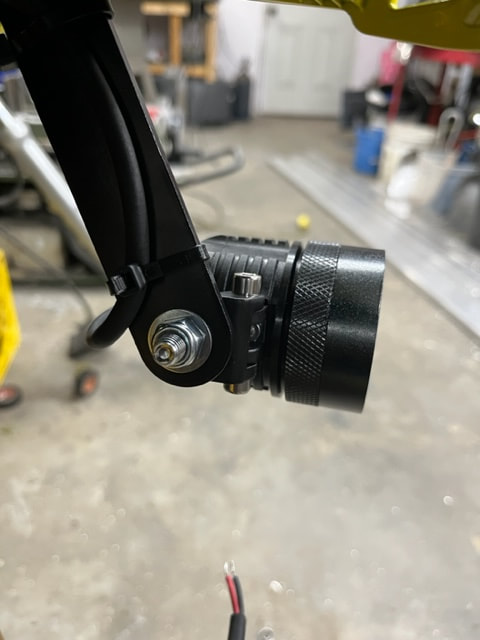- Home
- Parts by Type
- Parts by Bike
-
Installation Instructions and Videos
-
V-Strom Parts Instructions
>
- Mirror Extender Instructions
- Fork Brace Instructions
- Footpeg and Control Lowering Instructions
- Gear Shift Relocation Instructions
- Bolt-on Kickstand Foot Instructions
- Raising and Lowering Links >
- Shelves and GPS Mounts >
- DL1000 Rear Wheel Spacer Instructions
- Vee2 Saddlebag Guard
- Fender Riser 2014+ DL1000
- 2012+ DL650Fender Risers
- Retrieving Missing Parts from the Cowling
- Auxiliary Lighting >
- DL800 GIVI Crash Bars
- General Electrical and Lighting >
- Brake Lines >
- Kawasaki Versys X300 >
- Yamaha Parts Instructions >
-
V-Strom Parts Instructions
>
- Shorter/Taller Riders
- Favorite Projects
- Adventure Motorcycling Links
- Frequently Asked Questions
- Contact Us
- Photos
- Specials and Promotions
Wiring Harness Installation
DL800
Quick Guide:
Red wire to battery Positive
Black wire to battery Negative
Yellow wire to a switch source
Mount switch to clutch side mirror mount base.
Detailed instruction:
1. Attach the switch to the clutch side mirror mount by removing one of the mounts bolts and re-installing through the ring on the switch.
It will be necessary to move the mirror mount to the right approximately 3/32 of an inch to allow the switch to fit between the mirror mount on the handle bar and the switchgear.
NOTE: The wires should be zipped tied with the switch in the desired location so that if the switch were to come loose from the holder the switch would still be located in approximately the desired position. This also lessons strain on the switch holder.
NOTE: The ring can be removed and re-oriented so the switch can be placed as desired.
2. Leaving the yellow wire hanging free for now, but attach the first 6 to 8 inches of black sheathed wire from switch to existing wires from clutch side switch-gear with zip-ties.
3. Feed battery connections under tank and side panels on left side of the bike. It is not necessary to remove or loosen the fuel tank.
4. Run wire with battery connection rings to the battery. Secure harness to existing wires wire and route so that it will not become pinched during re-assembly and use. The plastic brackets shown below can be removed with a 5 mm Allen wrench, the wires run behind the bracket, and the bracket re-installed.
5. Attach the battery connections, red to battery positive, black to battery negative.
NOTE: Place a rag or other object to prevent the battery terminal nuts from falling into the void next to the battery.
NOTE: Place a rag or other object to prevent the battery terminal nuts from falling into the void next to the battery.
6. Secure relay. Here you can see it zip-tied to existing wiring in the front left side of the frame. You could also use the tab on top of the relay to bolt the relay in place, but a zip tie works.
NOTE: Be sure to check that full movement of the handlebars is not impeded by either placement of the relay or the wiring. .Ignore the horn in the photo below. It was a part of a dual horn upgrade on the bike used for photos. The photo is of the inside of the left side cowl area showing the main frame behind the steering head.
NOTE: Be sure to check that full movement of the handlebars is not impeded by either placement of the relay or the wiring. .Ignore the horn in the photo below. It was a part of a dual horn upgrade on the bike used for photos. The photo is of the inside of the left side cowl area showing the main frame behind the steering head.
7. Attach yellow wire to a 12 volt switched source.
NOTE: On 2023+ DL800s the positive power lead to the horn is a good choice. Simply splice the yellow wire into the positive side wire.
The yellow wire can also be extended and run back to the auxillary power port wires under the tail fairing.
NOTE: On 2023+ DL800s the positive power lead to the horn is a good choice. Simply splice the yellow wire into the positive side wire.
The yellow wire can also be extended and run back to the auxillary power port wires under the tail fairing.
9. Attach wires to lights and zip tie excess wire to existing wire in the fairing. Place any excess wire in the area between the side panels and the tank. Zip-tie in place.
10. Check for unobstructed freedom of movement. The handlebars should rotate without putting any stress on the wires.
12. Go for a ride.
12. Go for a ride.
